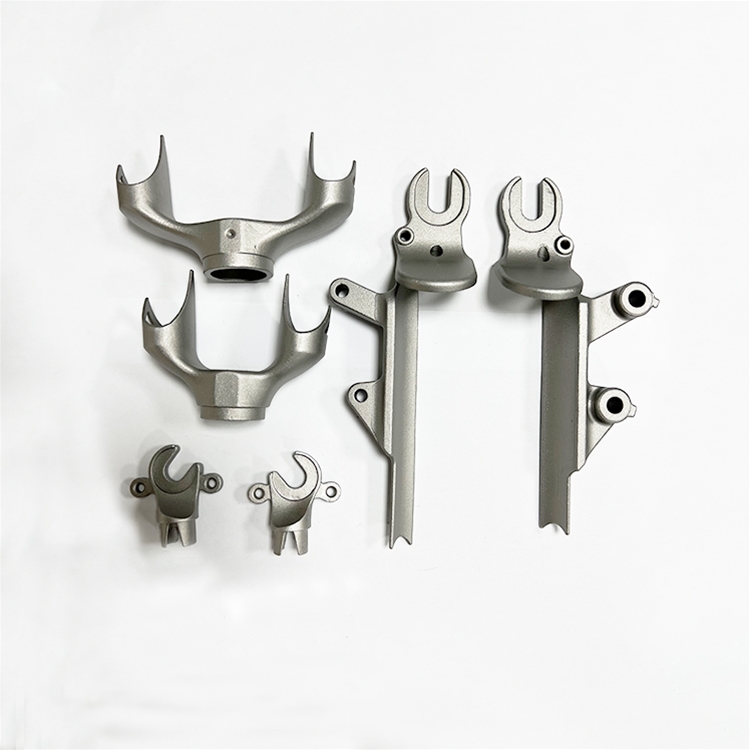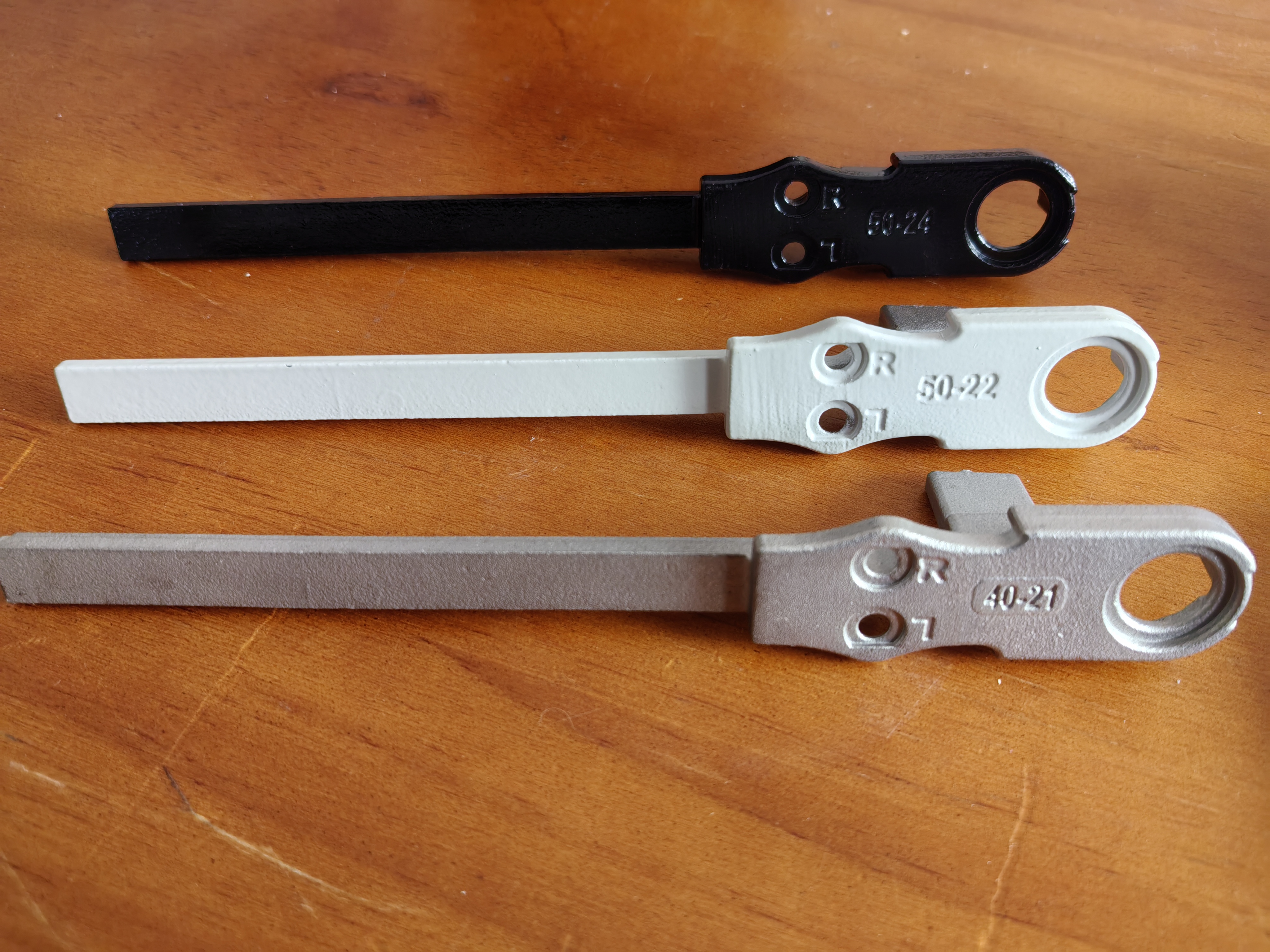
The Expanding Applications of Stainless Steel Precision Cast Mechanical Components
Introduction to Precision Casting Technology
Stainless steel precision casting, also known as investment casting or lost-wax casting, has emerged as a cornerstone technology in manufacturing high-performance mechanical components. This process enables the production of complex, near-net-shape metal parts with exceptional dimensional accuracy and surface finish, typically within ±0.1mm tolerances. The marriage of stainless steel’s superior properties with precision casting techniques has opened new frontiers in multiple industries.
Key Industrial Applications
Aerospace Engineering
The aerospace sector extensively utilizes 316L and 17-4PH stainless steel precision cast components for:
Turbine engine blades and vanes requiring high creep resistance
Lightweight structural components for airframes
Fuel system parts demanding corrosion resistance
Landing gear components needing high strength-to-weight ratios
Precision casting allows for the integration of cooling channels and complex internal geometries impossible to achieve through machining, while maintaining the material’s fatigue resistance at extreme temperatures.
Medical Device Manufacturing
Surgical-grade 316LVM stainless steel dominates in:
Orthopedic implants (joint replacements, spinal devices)
Minimally invasive surgical instruments
Dental prosthetics and orthodontic appliances
MRI-compatible surgical tools
The biocompatibility, sterilization resistance, and precision achievable through investment casting make it indispensable for medical applications where surface finish and dimensional accuracy directly impact patient outcomes.
Energy Sector Innovations
In both conventional and renewable energy systems:
Steam turbine components for power plants
Downhole tools for oil/gas extraction
Nuclear reactor coolant system parts
Wind turbine gearbox components
These applications benefit from stainless steel’s resistance to sulfide stress cracking, pitting corrosion in seawater environments, and long-term stability under radiation exposure.
Automotive Advancements
Modern vehicles incorporate precision cast stainless parts in:
Turbocharger housings (resisting exhaust gas corrosion)
Fuel injection components
Exhaust system flanges and manifolds
High-performance braking systems
The technology enables weight reduction while meeting stringent emissions standards and durability requirements.
Technical Advantages Over Alternative Processes
Design Flexibility: Allows consolidation of multiple machined parts into single cast components with internal features.
Material Efficiency: Near-net-shape production minimizes machining waste, particularly important for expensive alloying elements like nickel and molybdenum.
Mechanical Properties: The controlled solidification process produces finer grain structures than conventional casting, enhancing fatigue life.
Surface Quality: Typical surface finishes of 1.6-3.2μm Ra eliminate secondary finishing operations for many applications.
Emerging Trends and Future Directions
The field is evolving through:
Integration with additive manufacturing for hybrid tooling approaches
Development of novel stainless steel alloys optimized for precision casting
AI-driven process optimization reducing defect rates below 0.5%
Increased adoption in hydrogen energy systems requiring embrittlement-resistant materials
Conclusion
As manufacturing demands grow more stringent across industries, stainless steel precision casting continues to demonstrate its irreplaceable value in producing high-integrity mechanical components. The technology’s ability to combine complex geometries with superior material performance positions it as a critical enabler of next-generation engineering solutions.







